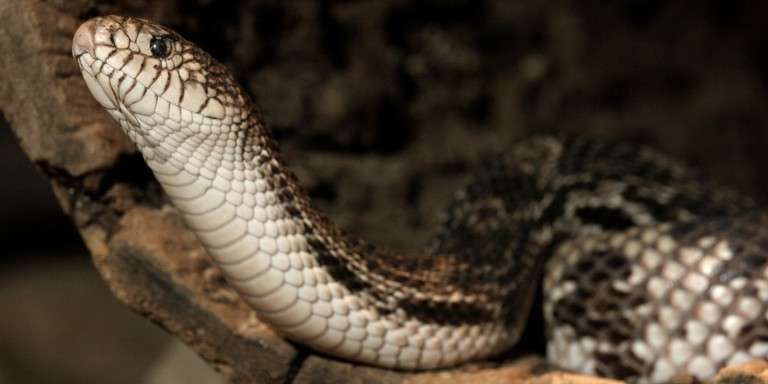
Description:
Scientific name: Pituophis melanoleucus
Life span: 10-15 years
The southeastern United States is home to the huge, robust, nonvenomous Pine snake. This snake’s tiny, somewhat pointed head is ideally suited for burrowing. The color pattern is made up of black, brown, or reddish-brown blotches that are layered on top of a light ground hue.

Native Region/Habitat
Alabama, Florida, Louisiana, Mississippi, Georgia, Kentucky, New Jersey, Tennessee, Delaware, North Carolina, South Carolina, and Virginia are among the states in which pine snakes can be found. These snakes can be found in chaparral, prairies, cultivated fields, open brushlands, sandy pine-oak woodlands, and pine flatwoods. Pine snakes need well-drained sandy soils with little vegetation in these areas for use as breeding and hibernation locations.
Behavior:
The majority of the time that pine snakes spend is underground. They take refuge in tunnels that they dig themselves or those they steal from animals who have left them behind. Throughout the day, these snakes are active and either bask in the sun or hunt for prey. In pursuit of food, they frequently go into rodent burrows and hunt underground. While female pine snakes occasionally build communal nests, they typically live alone. They hibernate in underground tunnels during the winter and occasionally during the stifling summer. Pine snakes frequently hiss loudly, occasionally flatten their heads, vibrate their tails, and then finally strike at an intrusion. Snakes vibrate their epiglottis and expel air from their lungs to produce the rattling sound.
Care As a pet/In captivity:
Substrate and Housing: Pine snakes need a lot of space to be comfortable because of their enormous size. A 4’x2’x2′ enclosure with a locked screen cover may house adult snakes. Large stones and a thick branch can be used as habitat accents for climbing and basking. Since pine snakes are inquisitive creatures who will spend a lot of time exploring their surroundings, it’s crucial that the enclosure’s reptile accessories are set up safely.
Temperature: Pine snakes should be kept in environments that are between 80 and 85 degrees Fahrenheit, with a slight drop to normal room temperature at night being very acceptable. Overhead lighting may and should be used to create daytime temperatures. Your pine snake will be able to regulate its body temperature at will thanks to climbing structures inside its habitat.
Food: Pine snakes are swiftly developing, powerful snakes that need a consistent diet of rodents or birds. It is sufficient to feed your pine snake once every two weeks along with a few adequately sized prey items. It’s critical to avoid under or overfeeding these animals.
Table





